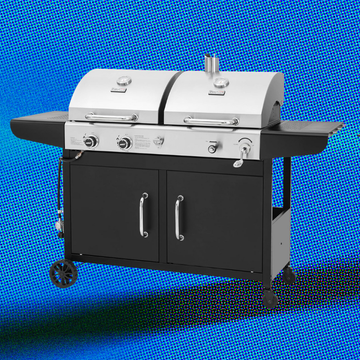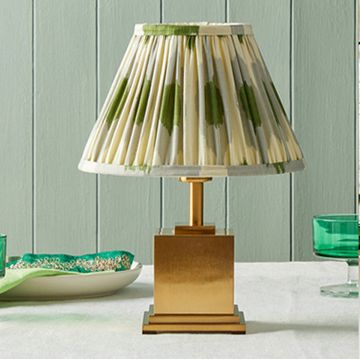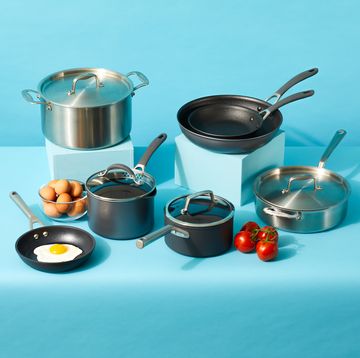5 Best Boning Knives, According to Testing
These sturdy, comfortable knives can make it easier to remove bones from chicken, pork, and beef.

We've been independently researching and testing products for over 120 years. If you buy through our links, we may earn a commission. Learn more about our review process.
It's worth adding a boning knife to your kitchen if you buy and portion larger cuts of meat or process meat from hunting. It's also handy to break down a bird for a healthy chicken dinner recipe. You can use a sharp chef's knife, but the sturdy, narrower blade of a boning knife makes the work easier.
The pros in the Good Housekeeping Institute Kitchen Appliances and Innovation Lab test a wide variety of knives, including Japanese knives, bread knives, and paring knives. When we test boning knives, we remove the legs, breasts, and wings from a whole chicken as well as separate the parts at the joints. With the top-performing knives, we also score the tough skin on a pork shoulder and then remove the skin, fat, and bone before cubing the meat. We also assess the comfort and cleanability of each so that we can recommend knives that feel safe and secure.
Sarah (she/her) is a deputy editor in the Good Housekeeping Institute, where she tests products and covers the best picks across kitchen, tech, health and food. She has been cooking professionally since 2017 and has tested kitchen appliances and gear for Family Circle as well as developed recipes and food content for Simply Recipes, Martha Stewart Omnimedia, Oxo and Food52. She holds a certificate in professional culinary arts from the International Culinary Center (now the Institute of Culinary Education).


The Best Toaster Ovens

The Best Microwave Air Fryer Combos

The Best Chest Freezers

The Best Induction Ranges



















